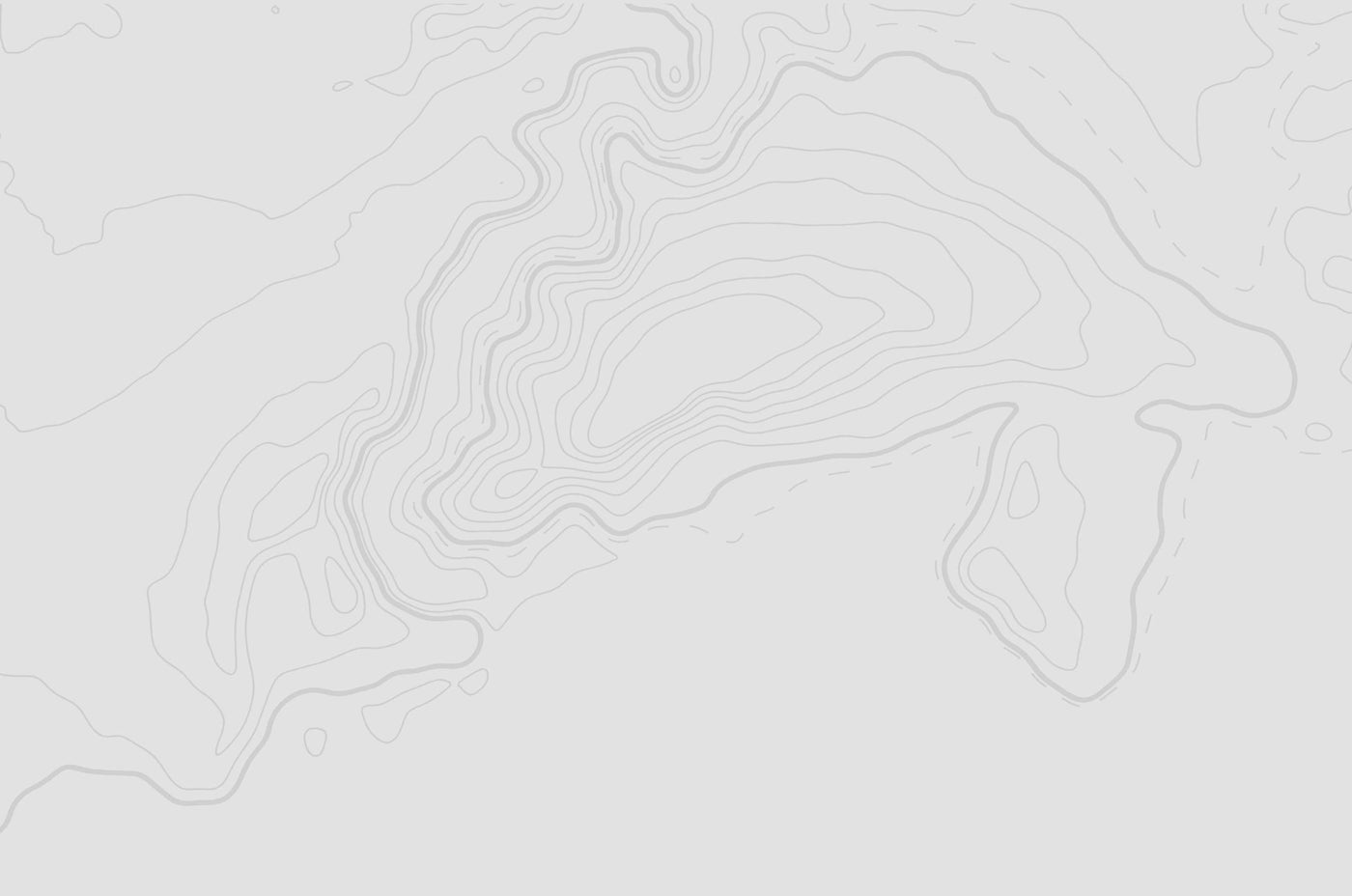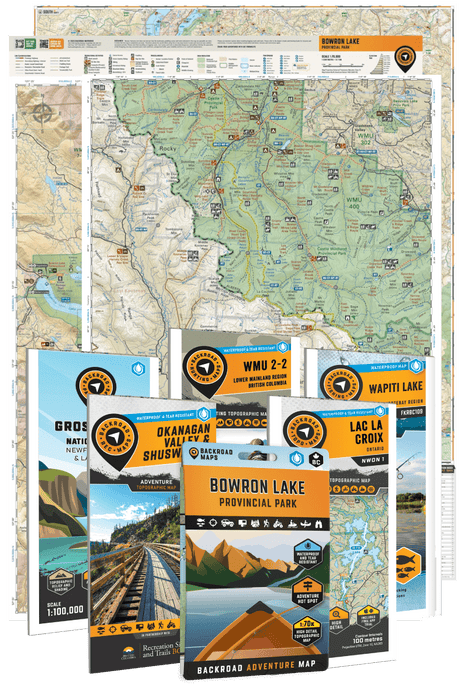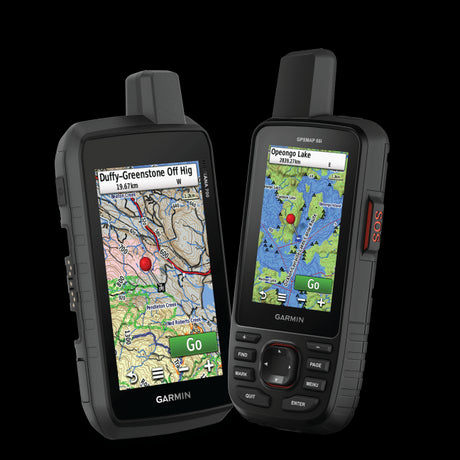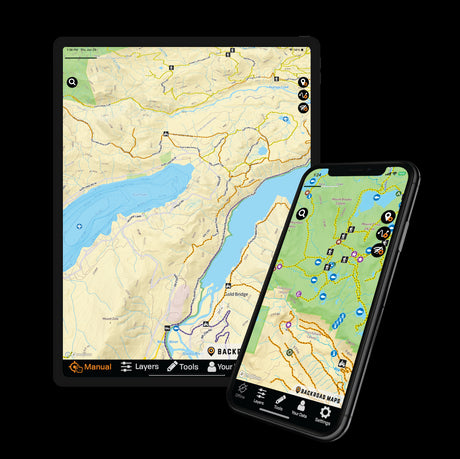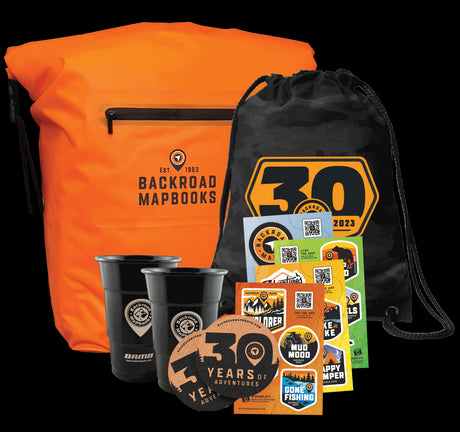Washington State is home to a diverse array of wildlife and the Inland Northwest is no exception. In the Spokane area there are plenty of wildlife viewing and photography opportunities as visitors will find a vast network of parks, wildlife areas, wildlife refuges, national forests and recreation areas. From large mammals to small “critters” and plenty of birding locations, there is something for everyone, although some of the more elusive species will take more time and patience to find. Here are a few great wildlife viewing locations in northeastern Washington State to get you started!

Big Meadow Lake – Colville National Forest
A campground at Big Meadow Lake makes a perfect base for wildlife viewing. Mule and white-tailed deer are common; in fact, they are often seen on the side of the road and around the lake. Moose make their home here as well and are best observed near dawn or dusk. Loons and eagles can be spotted throughout the summer while goldeneyes, buffleheads and other ducks migrate from the coast and can be found nesting on the many small islands on the lake.

Crowell Ridge – Colville National Forest
Part of the Salmo-Priest Wilderness Area, Crowell Ridge is accessed along Trail #515 and is an 8.4 mi (13.5 km) round trip climbing 2,700 ft (823 m) to the ridge. The area is home to bald eagles, black bear, bighorn sheep, elk, gray wolf, grizzly bear, mountain lion, white-tailed deer and endangered woodland caribou. A high clearance four-wheel drive vehicle is recommended to reach the trailhead.

Dishman Hills Conservation Area
Just east of Spokane, Dishman Hills is notable for the dramatically sculpted terrain left by the floods from Glacial Lake Missoula. Just less than 6 mi (9.7 km) of trails run through the area and offer opportunities to observe coyotes, marmots, porcupines, rabbits and white-tailed deer along with raptors, ruffled grouse, pheasants and more than 50 species of butterflies.

East Sullivan Campground – Colville National Forest
Heading along Sullivan Lake Road from Metaline Falls for 12.9 miles and then turning right onto Forest Road 22 leads to the campground. Trails around the campground including Lakeshore Trail #504 offer viewing opportunities for wildlife like bald eagles, black bear, elk, gray wolf, grizzly bear, moose, mountain lion, white-tailed deer and endangered woodland caribou. Hall Mountain, which borders the east side of the lake, is home to a bighorn sheep herd.

Hanford Reach National Monument
Set along the north shore of the Columbia River north of Richland, the Monument is home to badgers, bobcats, coyotes and Rocky Mountain elk, with the most abundant mammal in the park being the Great Basin pocket mouse. Over 238 bird species have been recorded here and both State Route 240 and State Route 24 cross the Monument. Most roads accessed from these main routes are suitable for two-wheel drive vehicles.

Kanisku National Forest
The Selkirk Mountains, which run south from the Canadian border are home to numerous wildlife species including black bear, bighorn sheep, cougar, elk, grizzly, lynx, moose, mule and white-tailed deer. But the main attraction in the Kanisku National Forest, which straddles the Washington/Idaho border, is woodland caribou. The Kanisku National Forest in the Selkirk Mountains is the last home in the Continental United States for this endangered species. Birders will also find eagles, hawks, osprey, pileated woodpeckers and a variety of owls.

Le Clerc Wildlife Area
There is no developed parking at this wildlife area found on the east side of the Pend Oreille River, about 25 miles northwest of Newport. This area is part of a Grizzly Bear Recovery Area and the mixed coniferous forest is home to black and grizzly bears, elk, white-tailed deer as well as bald eagles and osprey.
Tip: For many large mammals, plan to head out before sunrise and after sunset for the best viewing results.

Little Pend Oreille National Wildlife Refuge
Found 13 miles southeast of Colville on Bear Creek Road in the Selkirk Mountains, black bears, cougars, elk, moose, white-tailed deer and gray wolves all roam this refuge. The refuge is also home to the Canadian lynx, a rare and threatened species. During the summer, head to Scotchman Peak when the area is overrun with mountain goats. Over 200 bird species have been observed in the refuge. An 11-mile auto tour route runs through the refuge and is open from mid-April until the end of December.

Mount Spokane State Park
A very popular winter recreation location, Mount Spokane State Park has over 100 mi (160 km) of multi-purpose trails. It is quite possible to see the many species of wildlife as hikers explore the backcountry. These include black bear, cougars, coyotes, deer and especially moose.

Riverside State Park
Located on the Spokane River along Highway 291 about 9 miles from Spokane, Riverside State Park is home to Deep Creek Canyon. The large basaltic rock formations are home to warblers and other songbirds and canyon wrens nest here. White-tailed deer, Cooper’s hawks, eagles (during the winter) and osprey are also found in the canyon.
Tip: Large mammals can be unpredictable. Bring binoculars, don’t get too close and be bear aware!

Turnbull National Wildlife Refuge
Found south of the town of Cheney, the Turnbull Wildlife Refuge was established to protect a portion of the “channels scablands.” The refuge has a series of hiking trails making it easy to explore. Visitors have the opportunity to view badgers, coyotes, moose, river otters and rocky mountain elk along with over 25 bird species including trumpeter swans. The refuge has a number of short hiking trails and an auto route that loops through the grounds.

WSU Bear Center
Bears up close and in the city? Yes, the Washington State University has a research program and during the non-hibernating period (between April and October) visitors can observe the bears foraging and playing, splashing in their pool or lounging in outside runs from a viewing area in the parking lot. The parking area is located at Grimes Way and Terre View Drive in Pullman.

This is just a sampling of the many wildlife viewing in Northeastern Washington
You can find these and many other wildlife viewing hot spots across the state on the Washington State GPS Maps as well as the Washington State Backroad Mapbook, coming soon!

